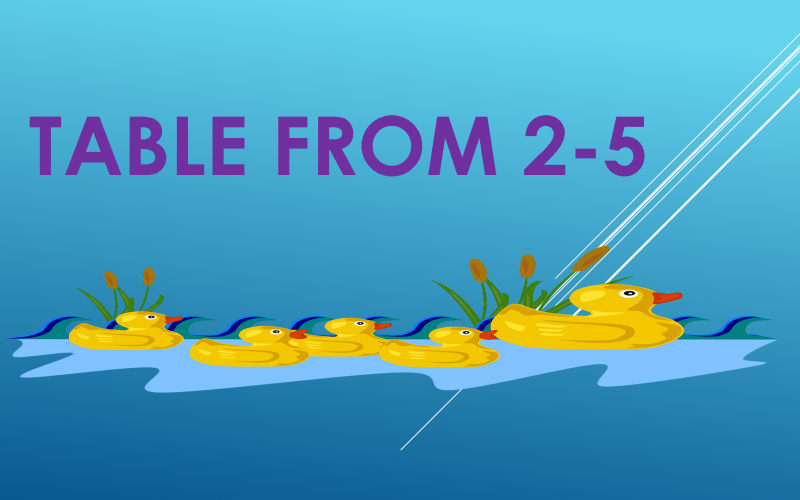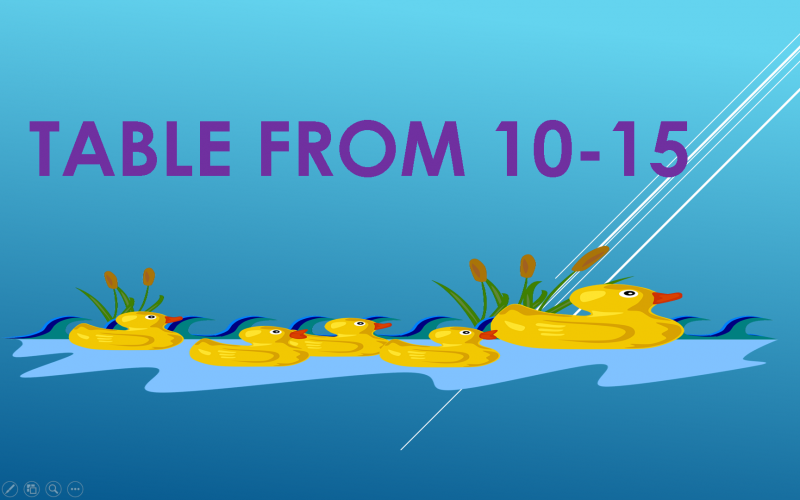Maths for Kids | Class 1 Maths Practice Problem Set 1 | Olympiad Practice Questions

Hello children, how are you? I hope you all are very good and excited to learn some fun and simple mathematical problems today. This practice problem set is specially designed for first-class students and covers important topics like counting, addition, subtraction, number patterns, and place value concepts such as tens and ones. These types of questions are commonly asked in many examinations, including Olympiad practice tests.
In this blog post, we will go through each question step-by-step, understand the concepts, and solve them with clear explanations. So, let’s start our maths adventure together and sharpen our skills!
Table of Contents
Table of Contents
- Question 1: Counting and Writing Number Names
- Question 2: What Comes After Fifty-Eight?
- Question 3: What Number and Pattern Comes Next?
- Question 4: Find the Missing Numbers in the Given Block
- Question 5: Find the Value of Two Tens Plus Five Ones
- Question 6: Minu Has Seven Apples, and Her Friend Gave Two More. How Many Apples Does Minu Have Now?
- Question 7: Add These Numbers: Two Plus Four Plus Eight
- Question 8: How Many Sides Does a Pentagon Have?
- Question 9: Find the Value of Seventeen Minus Eight
- Question 10: Calculate the Number of Books
- Summary and Conclusion
- Frequently Asked Questions (FAQs)
- About the Author
Question 1: Counting and Writing Number Names
The first question asks us to count the objects in the picture and write both the number and the number name. In this case, the objects are cupcakes.

Let’s count the cupcakes carefully:
- One
- Two
- Three
- Four
- Five
- Six
- Seven
- Eight
- Nine
- Ten
- Eleven
- Twelve
There are twelve cupcakes in total. Now, writing the number name for 12 is twelve.
The options given were:
- a) 12 (t w e l v e)
- b) 16 (s i x t e e n)
- c) 10 (t e n)
- d) 14 (f o u r t e e n)
The correct answer is option a) 12.
Question 2: What Comes After Fifty-Eight?

Next, we are asked to find the number that comes immediately after 58. To solve this, let’s write the numbers leading up to 58:
50, 51, 52, 53, 54, 55, 56, 57, 58
After 58, the next number is 59.
The options provided are:
- a) 57
- b) 59
- c) 60
- d) 61
Clearly, the correct answer is option b) 59.
Question 3: What Number and Pattern Comes Next?
This question involves recognizing a pattern in groups of flowers. We have three groups with different numbers of flowers, and we need to find the next number in the pattern.

Let’s count the flowers in each group:
- First group: 5 flowers
- Second group: 10 flowers
- Third group: 15 flowers
We notice that the number of flowers increases by 5 in each subsequent group:
- 5 + 5 = 10
- 10 + 5 = 15
So, the next group will have:
15 + 5 = 20 flowers
Options given were:
- a) 15
- b) 25
- c) 20
- d) 30
The correct answer is option c) 20.
Question 4: Find the Missing Numbers in the Given Block
This question gives us a sequence of numbers with some missing numbers, and we need to find out what those missing numbers are

The sequence is:
24, 25, __, 27, 28, __, __
Let’s fill in the blanks by counting up one number at a time:
- After 25 comes 26
- After 28 comes 29
- After 29 comes 30
So the missing numbers are 26, 29, and 30.
Options were:
- a) 26, 29, 30
- b) 29, 26, 30
- c) 30, 29, 26
- d) 26, 30, 29
The correct answer is option a) 26, 29, 30.
Question 5: Find the Value of Two Tens Plus Five Ones
This question teaches us about place value—how tens and ones add up to make numbers

Let’s understand the value of one ten:
One ten = 10
So, two tens = 10 + 10 = 20
Next, five ones = 5
Now add them together:
20 + 5 = 25
The options given were:
- a) 28
- b) 35
- c) 45
- d) 25
The correct answer is option d) 25.
Question 6: Minu Has Seven Apples, and Her Friend Gave Two More. How Many Apples Does Minu Have Now?

This question involves simple addition.
Initially, Minu has 7 apples.
Her friend gives her 2 more apples.
So, total apples Minu has now = 7 + 2 = 9 apples.
Options are:
- a) 9
- b) 11
- c) 8
- d) 40
The correct answer is option a) 9.
Question 7: Add These Numbers: Two Plus Four Plus Eight

Now, let’s add three numbers: 2 + 4 + 8.
Step 1: Add 2 and 4:
2 + 4 = 6
Step 2: Add 6 and 8:
6 + 8 = 14
So, the total sum is 14.
Options are:
- a) 12
- b) 13
- c) 15
- d) 14
The correct answer is option d) 14.
Question 8: How Many Sides Does a Pentagon Have?
Let’s learn about shapes. A pentagon is a polygon that has five sides.

We can draw a pentagon and count its sides:
- One
- Two
- Three
- Four
- Five
So, a pentagon has 5 sides.
Options were:
- a) 4
- b) 3
- c) 5
- d) 6
The correct answer is option c) 5.
Question 9: Find the Value of Seventeen Minus Eight

This is a subtraction problem.
We start with 17 triangles and subtract 8 triangles.
Let’s count the remaining triangles after removing 8:
17 – 8 = 9
Options given were:
- a) 10
- b) 6
- c) 8
- d) 9
The correct answer is option d) 9.
Question 10: Calculate the Number of Books
This question involves both addition and subtraction.

We have 15 books initially.
Then 6 more books are added, making:
15 + 6 = 21 books
After that, 4 books are subtracted (taken away):
21 – 4 = 17 books
Options were:
- a) 17 books
- b) 18 books
- c) 20 books
- d) 19 books
The correct answer is option a) 17 books.
Summary and Conclusion
Today, we practiced several important and fundamental maths concepts for class 1 students. These include:
- Counting objects and writing number names
- Identifying the next number in sequences
- Recognizing and extending number patterns
- Finding missing numbers in sequences
- Understanding place value with tens and ones
- Simple addition and subtraction problems
- Recognizing shapes and counting their sides
These practice questions help build a strong foundation in mathematics which is essential for solving more complex problems later on. Remember, the key to mastering maths is regular practice and understanding the concepts clearly.
If you have any doubts or want to try more questions, feel free to ask or watch more videos on the Kidssage Educoding channel.
Frequently Asked Questions (FAQs)
Q1: How can I improve my counting skills?
A1: Practice counting objects around you daily, such as toys, fruits, or books. Use number lines and counting games to make learning fun.
Q2: What is the importance of learning number patterns?
A2: Number patterns help you understand sequences, predict the next number, and develop logical thinking skills which are useful in maths and real-life situations.
Q3: How do tens and ones work in place value?
A3: In a two-digit number, the first digit represents tens (groups of ten), and the second digit represents ones (single units). For example, in 25, 2 is the tens digit (meaning 20) and 5 is the ones digit.
Q4: What is the best way to learn addition and subtraction?
A4: Start with small numbers and use objects to visualize the addition or subtraction. Practice regularly and gradually move to larger numbers.
Q5: How many sides does a pentagon have?
A5: A pentagon has five sides. It is a five-sided polygon.
About the Author
This blog post is based on a video by Kidssage Educoding, our YouTube channel dedicated to teaching mathematics to young learners with engaging and easy-to-understand methods. You can explore more educational content for class 1 students on our channel: Kidssage Educoding.
Happy Learning! Keep practicing and enjoy the magic of numbers.




